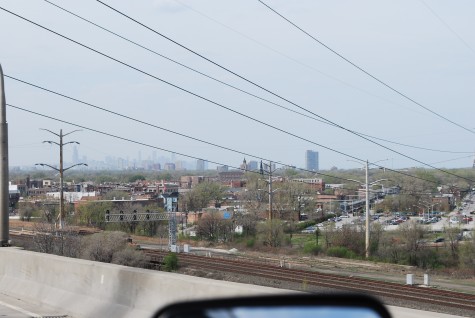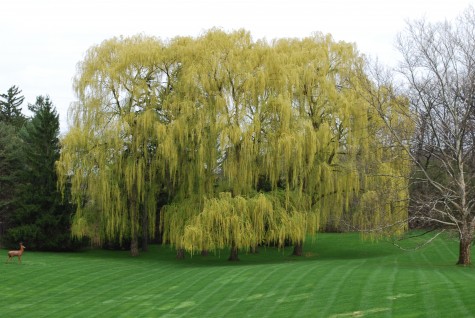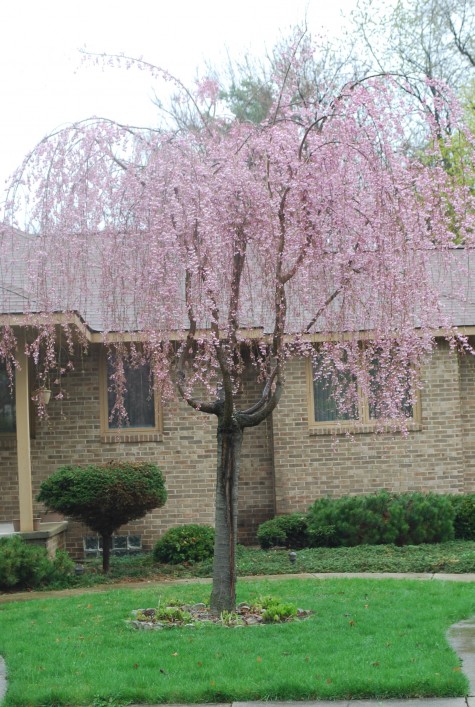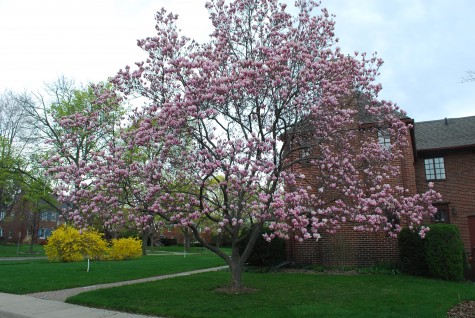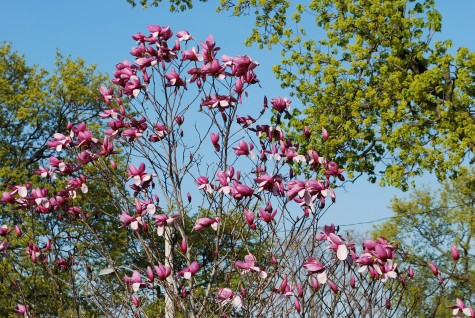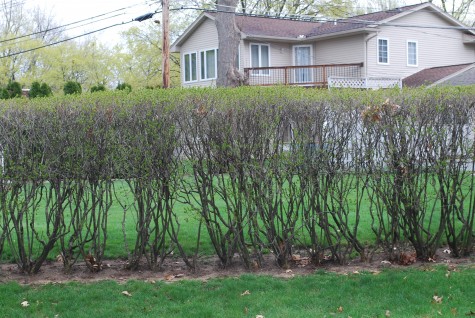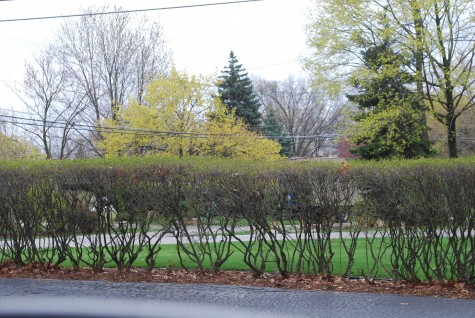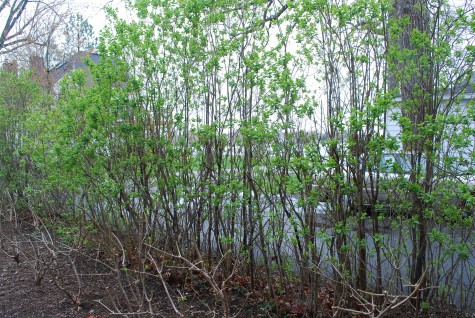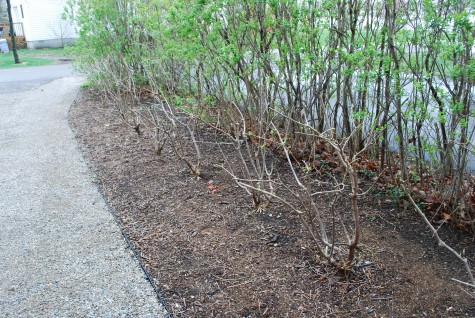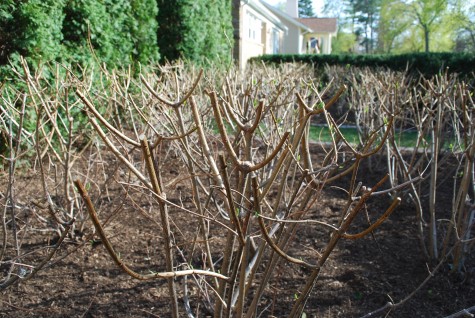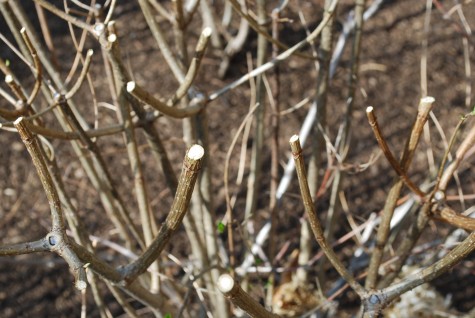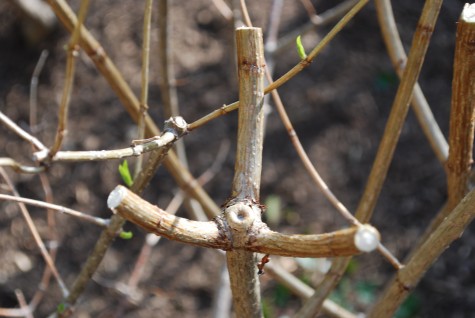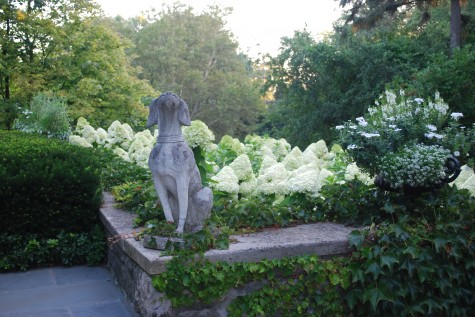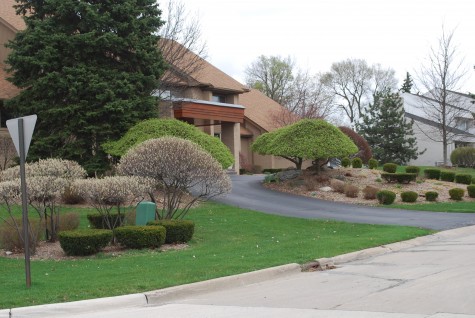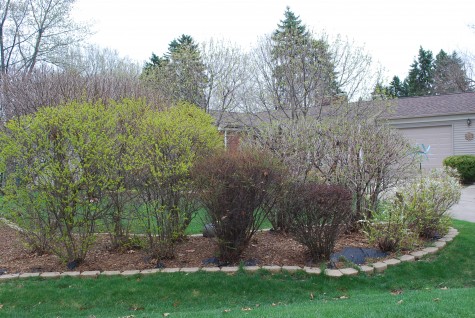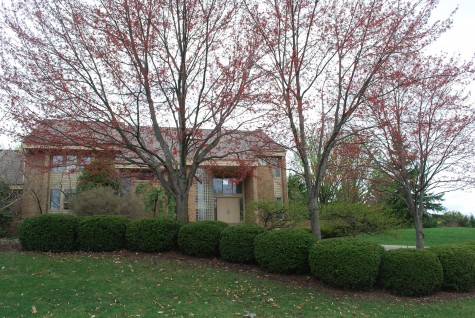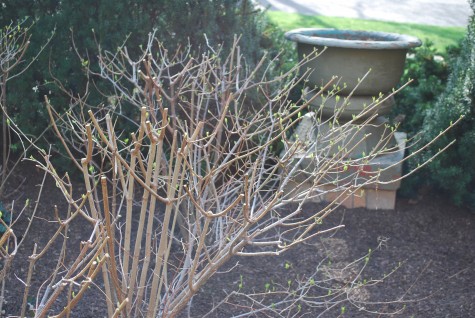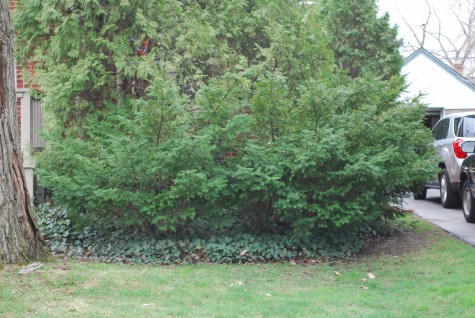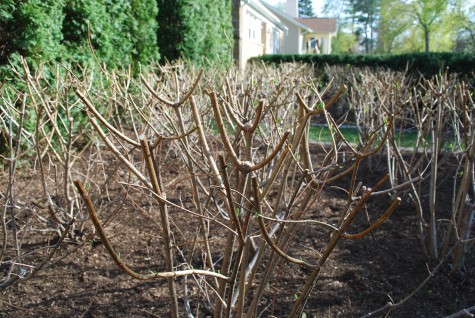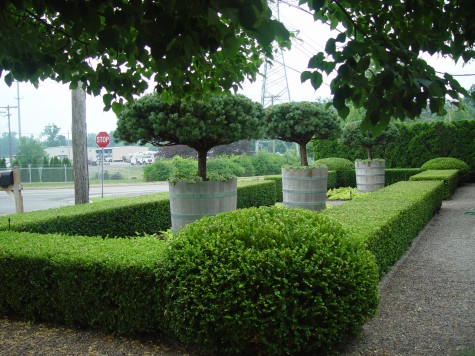Should you be a regular reader, my apologies! I have posted every day for more than a year-but the past few days I have not had access to a computer. I have been in Chicago for the past three days, at the Botanic Garden Antique Show, and the larger Chicago environs. The Chicago Botanic Garden-divine. Should I, one, ever buy a lottery ticket, and two, win-every dime would go for a botanic garden for my city. Some nights, when I cannot sleep, I make plans for the Detroit Botanic Garden. I have my hopes-don’t you? If you have not been to the Chicago Botanic Garden-consider a trip. It is stunning, absorbing-amazing. Did I say stellar? Rob and I went all over the Chicago map, visiting plant suppliers, and dealers in garden antiques. A busman’s holiday. This is term, referring to those of us who take a holiday that involves a visit to an unknown sector of that life work we live every day.
traffic, jammed.
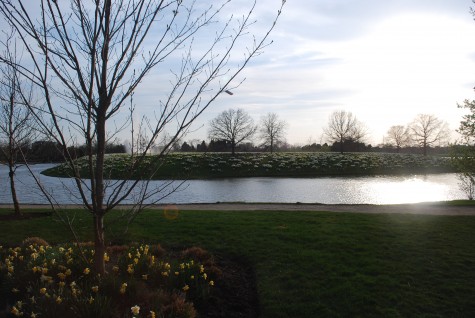 daffodil hill-at the gardens. We are late for the opening.
daffodil hill-at the gardens. We are late for the opening.
 they have boxwood troubles too-just like me.
they have boxwood troubles too-just like me.
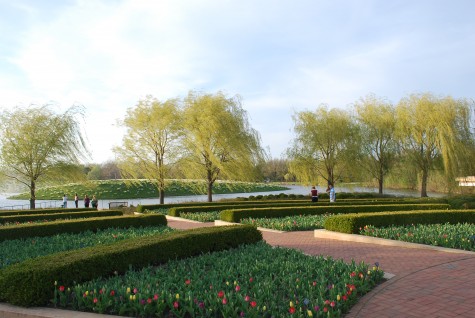 Everywhere in Chicago-spring bulbs, pushing forth. Not just at the garden-neighborhoods. restaurants. Northwestern University. street corners.
Everywhere in Chicago-spring bulbs, pushing forth. Not just at the garden-neighborhoods. restaurants. Northwestern University. street corners.
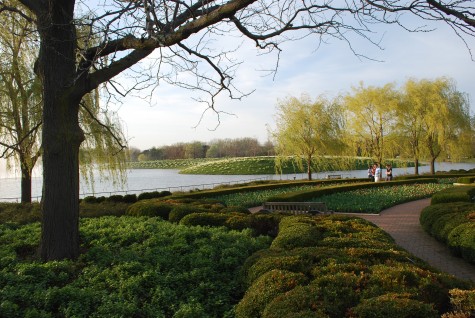 I could not be more pleased that Chicago is in my Detroit neighborhood. The Midwest-a good gardening place to be. This garden-breathtaking.
I could not be more pleased that Chicago is in my Detroit neighborhood. The Midwest-a good gardening place to be. This garden-breathtaking.
 Packing the Sprinter the end of the day Friday.
Packing the Sprinter the end of the day Friday.
Checking out at stop number 6-this photo was taken at 8:30 pm Detroit time. OK-so dinner was late.
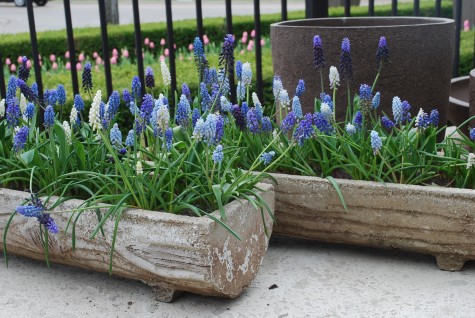
Every gardener could be interested in anything-given the slightest encouragement. I am no different. The Chicago trip was such great fun.
